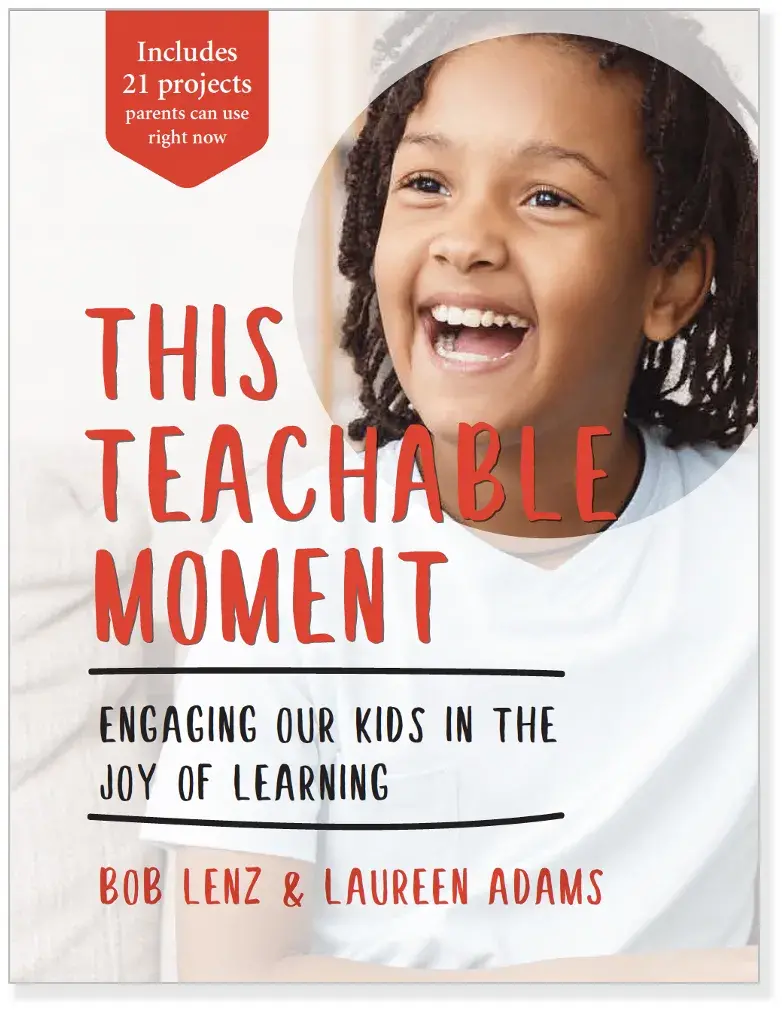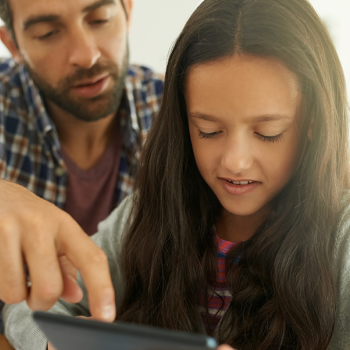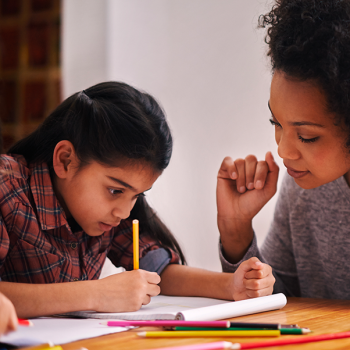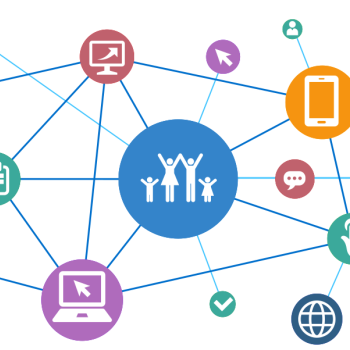
Overview | Projects | Technology | Equity | Best Practices | Webinars | For Families
How Families Can Support Students with PBL at Home
As we face the unpredictable weeks and months ahead, many families in our community are struggling with how to best support their students with remote learning in the context of Project Based Learning. We're here to help with some ideas and resources that you can use right now.
And please know that you don’t have to be a teacher or an expert on Project Based Learning to help your kids!
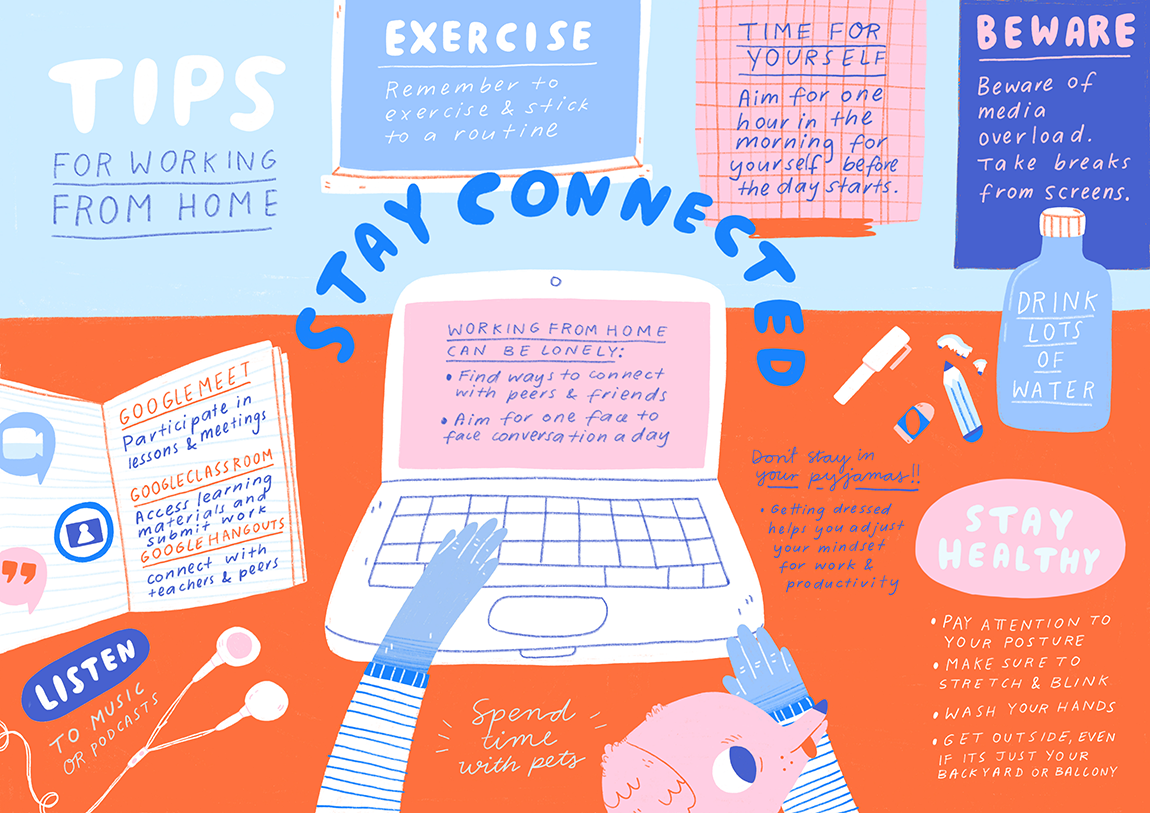
Free eBook - features 21 PBL projects for families to implement with kids this summer
Our new eBook This Teachable Moment is free to download now. It offers parents an intro to Project Based Learning (PBL) and features 21 easy-to-implement, “follow the recipe” PBL projects, designed for children of all ages and capabilities within a household.
These projects can be used by families to keep students learning, growing, and discovering during the summer and beyond, all while giving parents the space and time needed to stay productive.
From the blog – PBL at Home
How Teachers Can Help Families Support (or Do) PBL at Home
3 Ways to Help Students Improve Self-Management Skills in At-Home Learning
PBL at Home: 3 Ideas for Projects Families Can Do
Navigating Uncertain Times with Love: 9 Projects for the Whole Family
PBL at Home: Wonder While We Wander
PBL at Home: Supporting our Youngest Learners
Six Tips for Early Childhood PBL at Home

-
1. Set flexible routines
Starting the day with a sense of the schedule (and sharing it with your child) helps set the tone and put young children at ease.
-
2. Create agreements with child
Co-create some shared agreements to increase your child’s investment and clarify expectations for the new learning space.
-
3. Make friends with screens
There are fantastic resources that can support project work. Inquiry-based resources like Mystery Science and Brainpop Jr. support the inquiry process in fun, interactive ways.
-
4. Integrate creativity and hands-on learning
Many early childhood PBL units include art and design. Young children often can draw, paint, or use clay for a sustained period of time.
-
5. Engage in field work
Your home environment can serve as a great place to investigate and inquire. Encourage your child to explore and see things never noticed before.
-
6. Connect with others
Young children delight in connecting with their friends and seeing them on the computer. Projects inspire collaboration and can involve interviews at home or with extended family.

